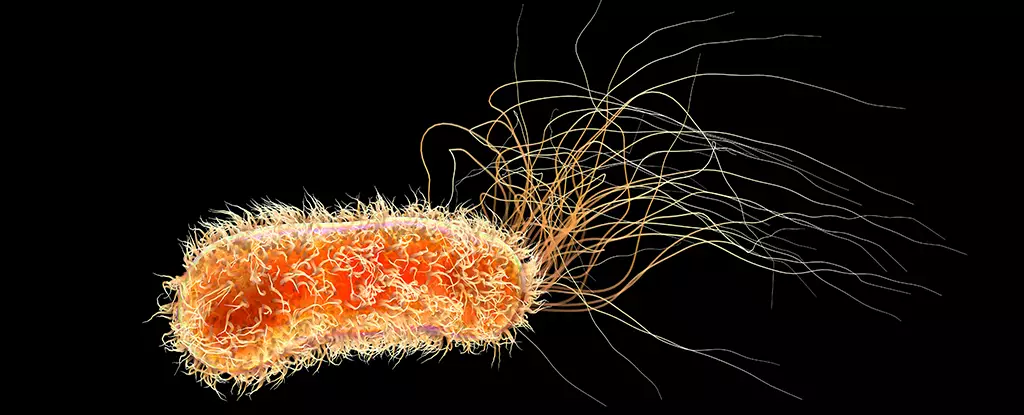Pseudomonas aeruginosa, a common gram-negative bacterium, may seem harmless to most individuals in their everyday environments. However, under certain conditions, this microbe can transform into a ruthless killer, causing devastating infections. The World Health Organization has classified it as a priority 1 pathogen, highlighting its potential threat to human health. Scientists from the University of Cambridge and an international team embarked on a mission to unravel the evolutionary history of this elusive microorganism.
A Genetic Family Tree
By analyzing 9,829 bacterial samples from various human, animal, and environmental sources worldwide, the researchers constructed a genetic family tree of 596 closely related strains of P. aeruginosa. Surprisingly, only 21 of these strains were responsible for the majority of infections, showcasing the microbe’s ability to evolve rapidly over the past two centuries. This evolution has equipped it with a robust antibiotic resistance toolkit, making it challenging to treat and control.
P. aeruginosa’s adaptability knows no bounds, enabling it to survive in a wide range of environments, from jet fuel to pure water. Its ability to thrive in healthcare settings poses a significant threat, particularly to patients with chronic lung conditions like cystic fibrosis (CF) and bronchiectasis. The bacterium has even evolved a strong affinity for individuals with CF, developing targeted strategies to exploit their compromised health and evade immune responses.
Infectious strains of P. aeruginosa have found refuge within the immune cells of CF patients, allowing them to evade destruction and continue evolving. By exchanging resistance factors with one another, these strains enhance their survivability and adaptability in extreme environments. This discovery sheds light on the pathogen’s ability to carve out new niches and gather the necessary tools for further evolutionary leaps.
Senior author Andres Floto emphasizes the significance of this research in understanding the spread and impact of Pseudomonas infections. While the focus has often been on transmission between CF patients, the study reveals that the microbe can easily spread among other individuals as well. This highlights the urgent need for improved screening and isolation measures to control the dissemination of highly resistant forms of the pathogen.
Confronting a Formidable Foe
P. aeruginosa is a formidable adversary that is unlikely to be easily defeated. Its strength lies in its adaptability, resistance, and ability to exploit host vulnerabilities. Understanding these traits is crucial in developing strategies to prevent the microbe from evolving into an even greater threat. By shedding light on the evolutionary mechanisms of P. aeruginosa, scientists aim to enhance our preparedness and response to this insidious microbial villain.



Leave a Reply